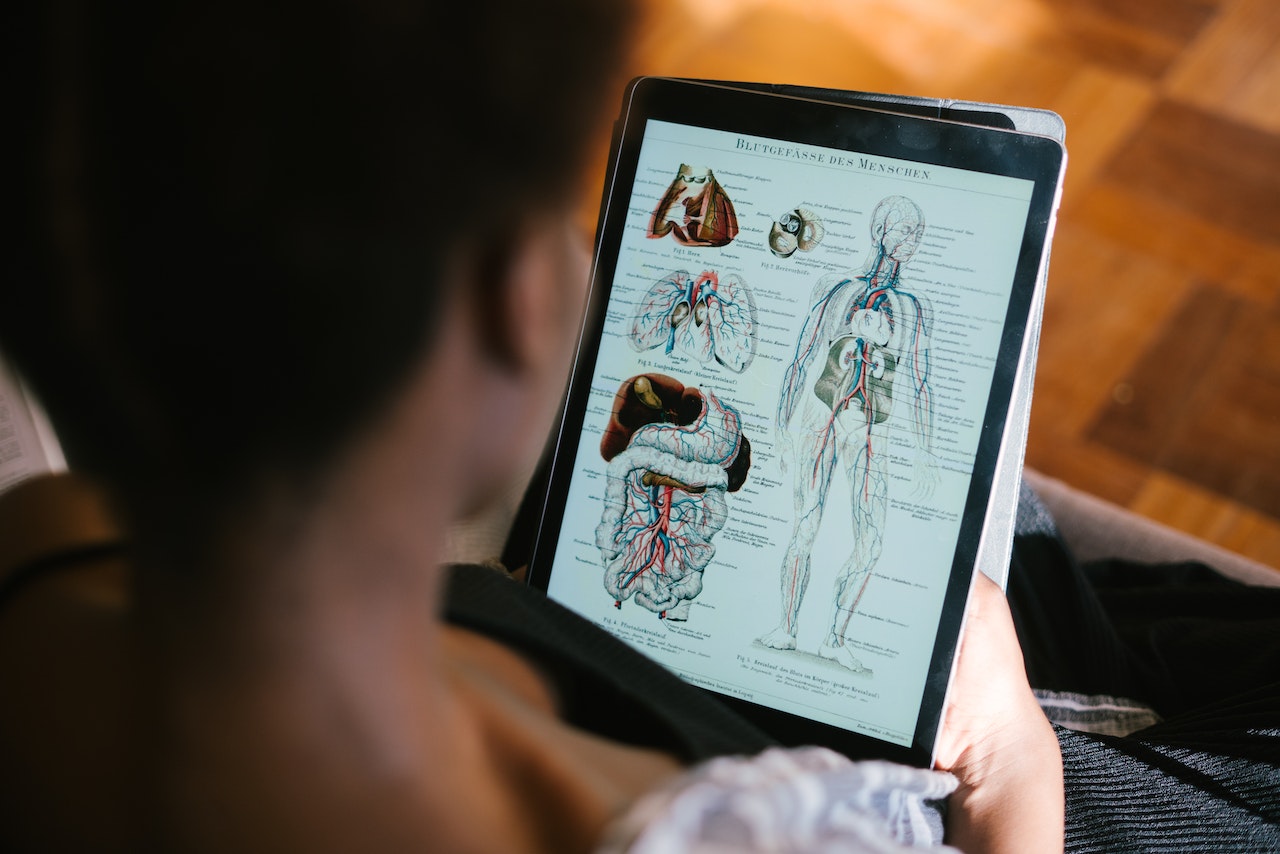Which of These Cell Junctions Form a Barrier to the Passage of Materials
Cell junctions play a crucial role in maintaining the integrity and function of tissues in our body. Among the various types of cell junctions, there are certain ones that act as barriers, preventing the movement of substances between cells. In this article, we will explore which specific cell junctions form these important barriers and how they contribute to the overall function of tissues.
One of the cell junctions that forms a barrier to the movement of substances is the tight junction. As the name suggests, tight junctions create a tight seal between adjacent cells, preventing the passage of molecules and ions between them. This barrier function of tight junctions is essential in tissues that require selective permeability, such as the epithelial lining of our intestines and blood-brain barrier.
Cell Junctions and Barriers
Tight Junctions
Tight junctions are a type of cell junction that forms a barrier to the passage of materials between cells. These junctions create a tight seal between adjacent cells by forming continuous bands around the cells’ circumference. The primary function of tight junctions is to prevent the leakage of substances between cells, thereby maintaining the integrity and polarity of tissues.
The key component of tight junctions is a complex of proteins known as occludins and claudins, which interact with each other and form a seal-like structure. This seal prevents the movement of ions, water, and solutes through the intercellular space, effectively restricting the passage of materials between cells. The tight junctions are particularly important in tissues such as the intestinal epithelium, where they play a crucial role in regulating the absorption of nutrients and maintaining the selective permeability of the tissue.
Adherens Junctions
Adherens junctions are another type of cell junction that contributes to the formation of barriers between cells. These junctions connect adjacent cells through proteins called cadherins, which are transmembrane proteins that interact with each other in a calcium-dependent manner. Adherens junctions provide mechanical strength to tissues and also serve as a signaling hub for various cellular processes.
While adherens junctions primarily function in cell-cell adhesion and tissue integrity, they also play a role in cellular barrier formation. By linking cells together, adherens junctions contribute to the establishment of continuous cell layers that act as a physical barrier to the diffusion of molecules across tissues. This is particularly important in epithelial tissues, where adherens junctions help maintain the integrity and functional segregation of different cell layers.

Molecular Components of Cell Junctions
Claudins and Occludins in Tight Junctions
Tight junctions are specialized cell junctions that create an impermeable barrier between cells, preventing the passage of materials between them. The molecular components responsible for the sealing function of tight junctions are claudins and occludins. These transmembrane proteins play a crucial role in maintaining the integrity and barrier function of tight junctions.
Claudins are a diverse family of proteins that are essential for the formation and regulation of tight junctions. They form the primary structural component of tight junctions and determine their permeability properties. Claudins have four transmembrane domains, with extracellular loops that interact with claudins on neighboring cells. The differential expression and arrangement of claudins contribute to the selective permeability of tight junctions, allowing them to act as barriers to the passage of materials.
Occludins are another important component of tight junctions. They are integral membrane proteins that interact with claudins and play a role in regulating tight junction permeability. Occludins anchor claudins to the cytoskeleton, providing stability and strength to the tight junction complex. They also contribute to the formation of a tight seal between cells, preventing the diffusion of molecules across the paracellular space.
Cadherins in Adherens Junctions
Adherens junctions are cell junctions that provide mechanical strength and contribute to the formation of barriers between cells. The main molecular components of adherens junctions are cadherins. Cadherins are calcium-dependent transmembrane proteins that mediate cell-cell adhesion and play a crucial role in tissue development and maintenance.
E-cadherin is the most well-studied cadherin in adherens junctions. It is widely expressed in epithelial tissues and is responsible for mediating cell-cell adhesion. E-cadherin molecules on adjacent cells interact with each other through their extracellular domains, forming homophilic interactions that promote cell-cell adhesion. The cytoplasmic domain of E-cadherin links to the actin cytoskeleton, providing structural support and contributing to the integrity of adherens junctions.


